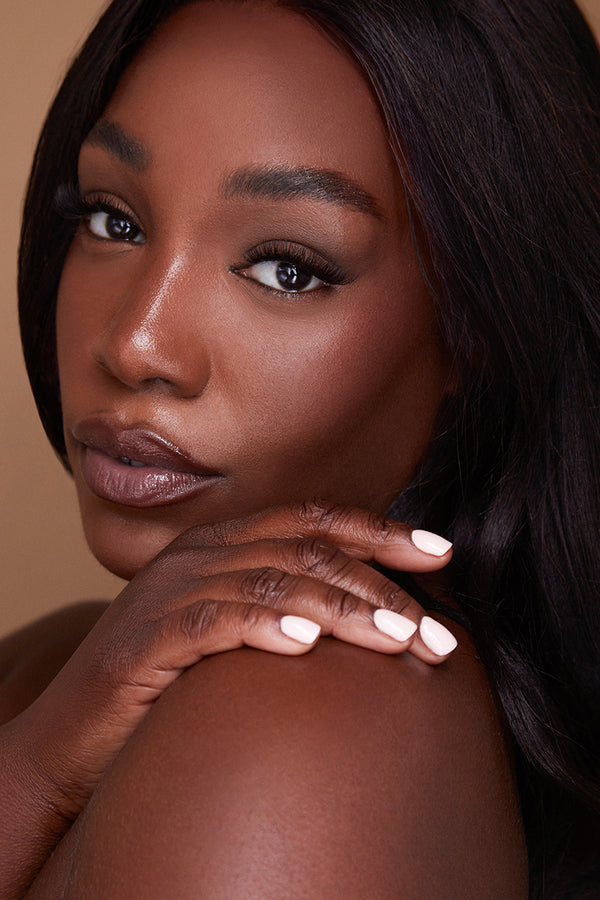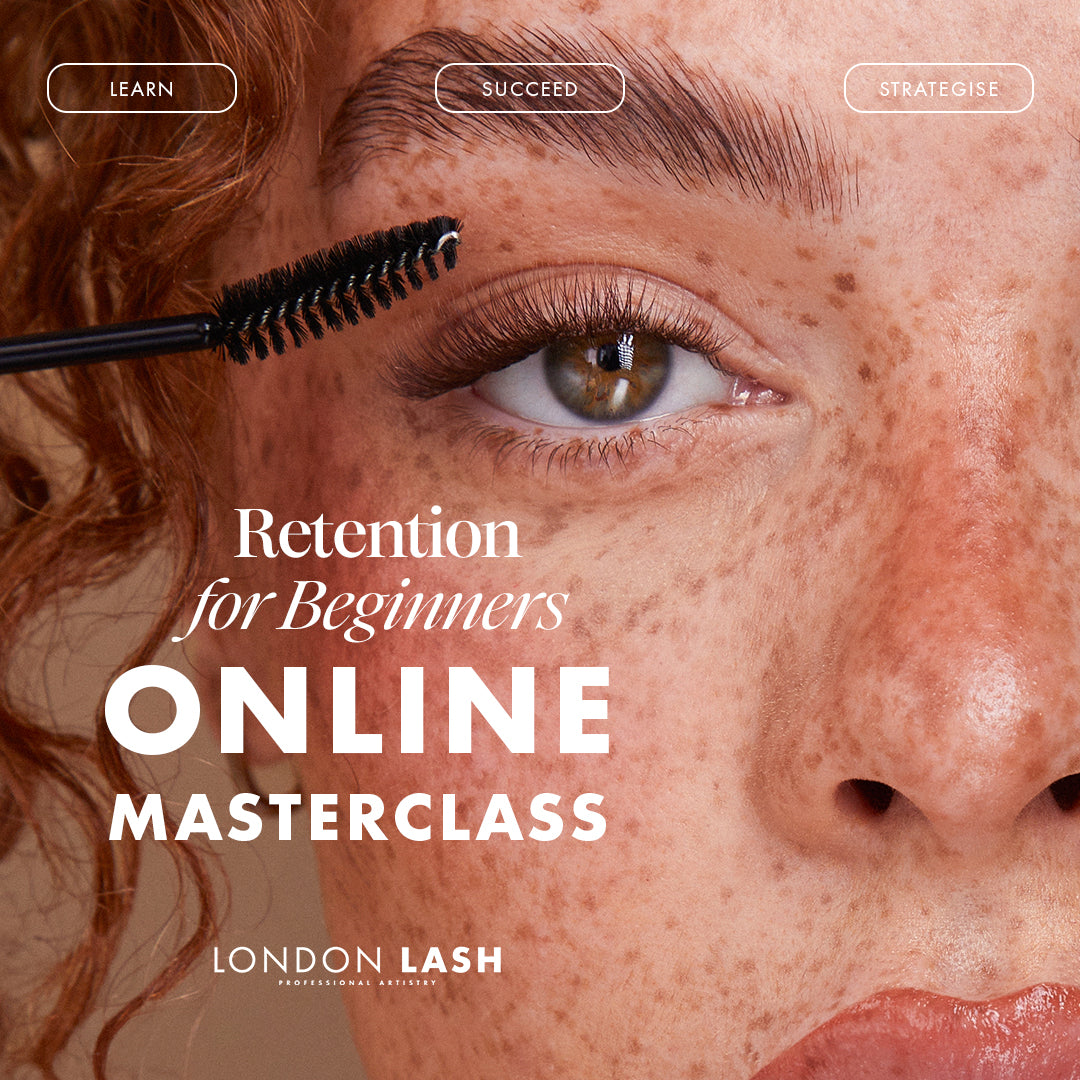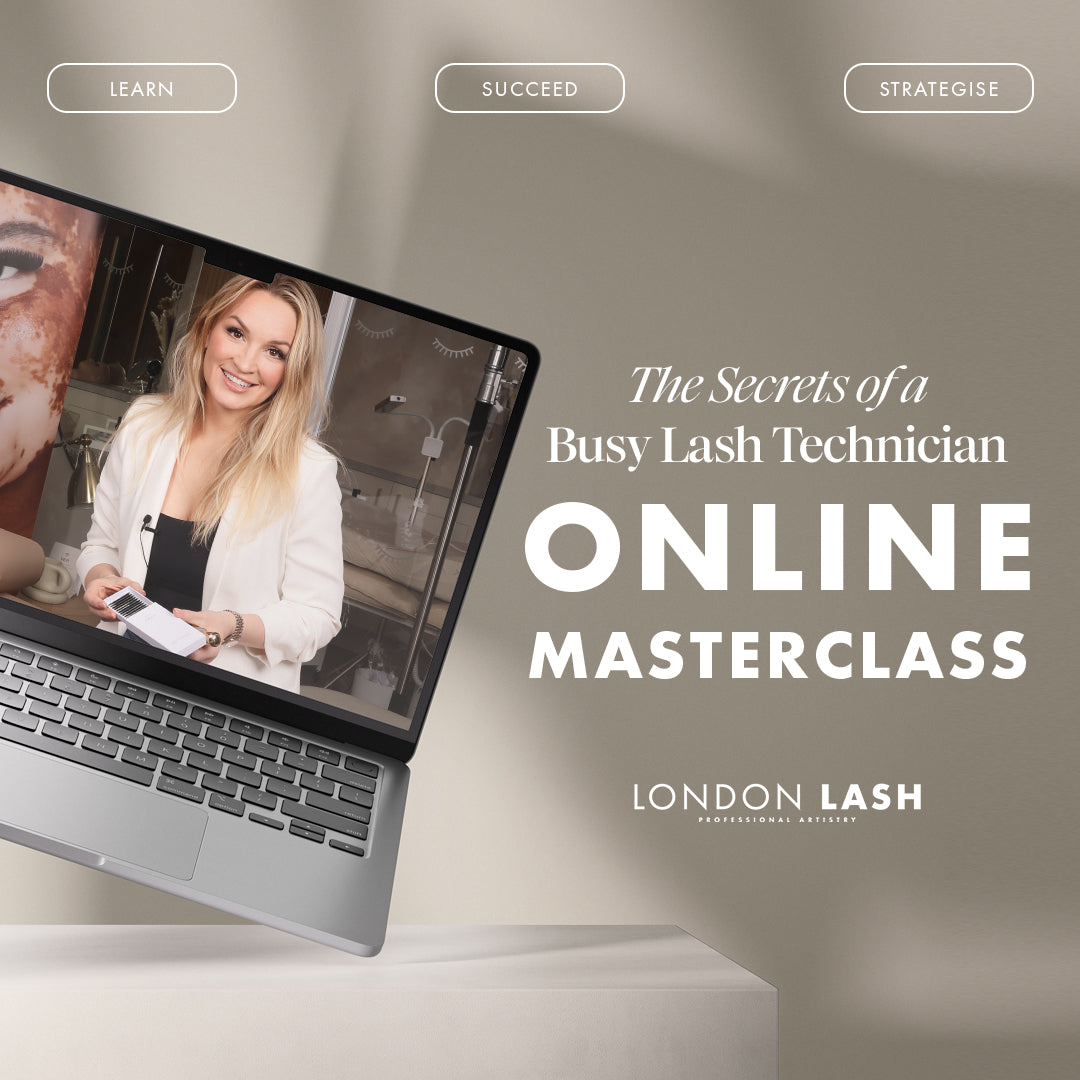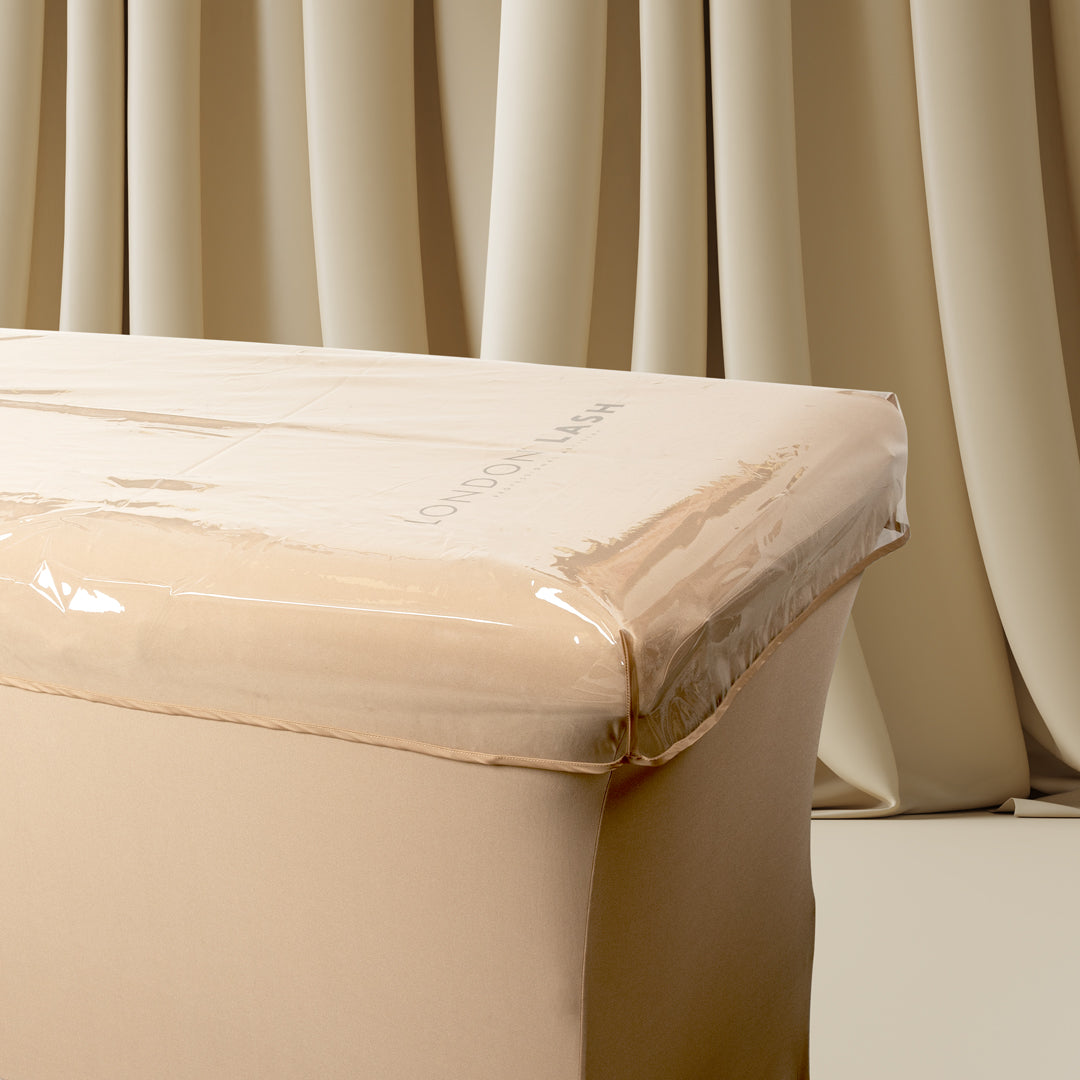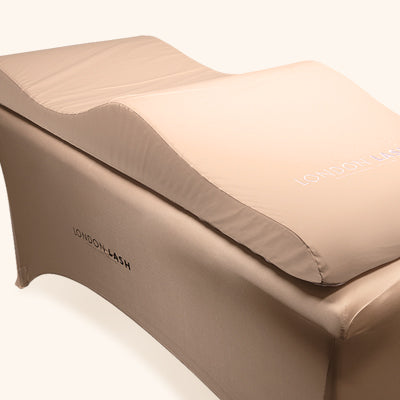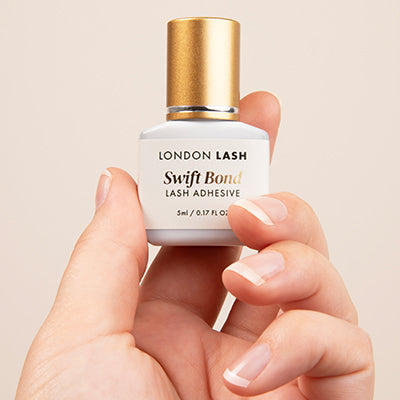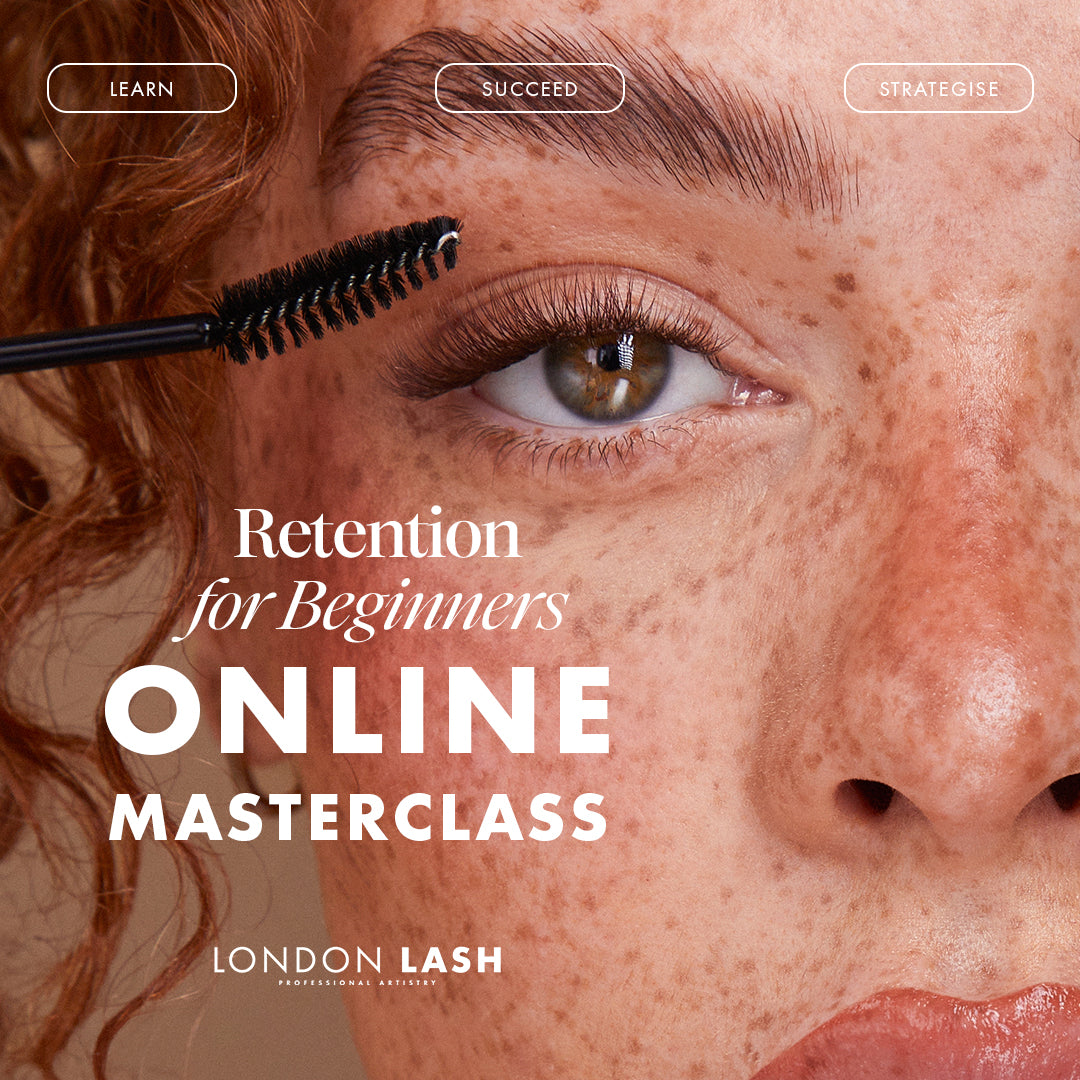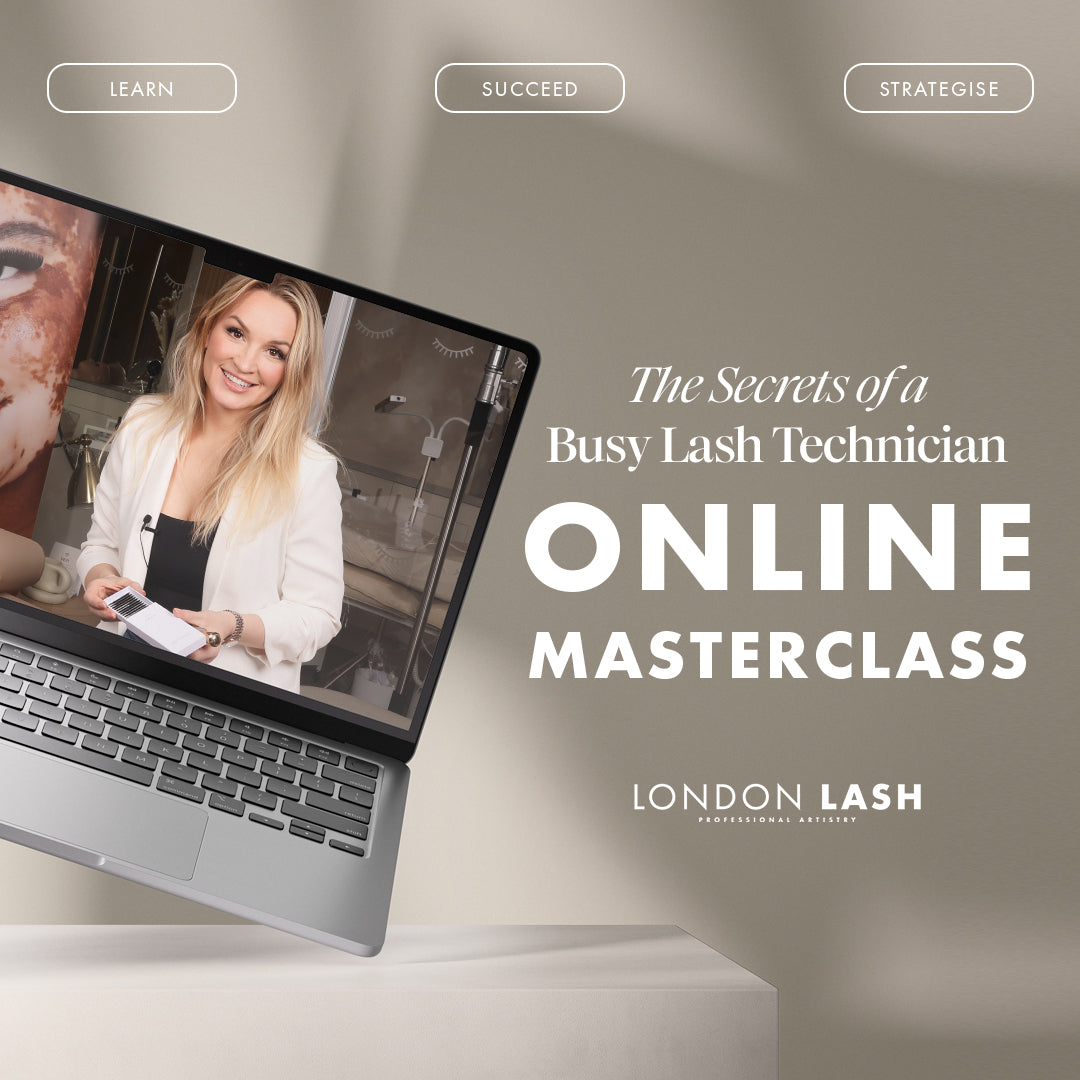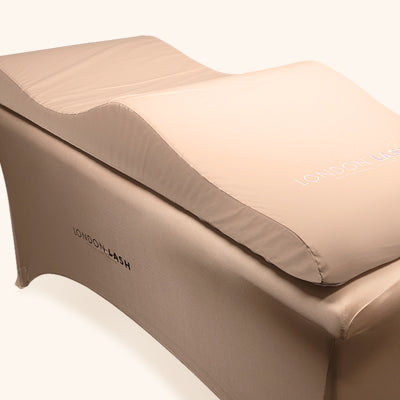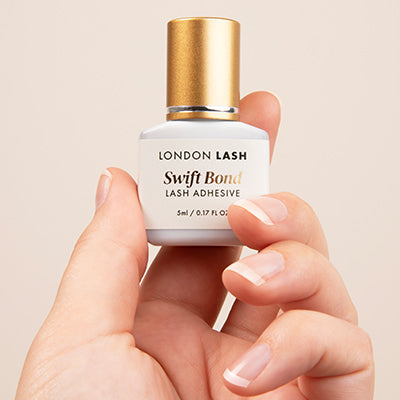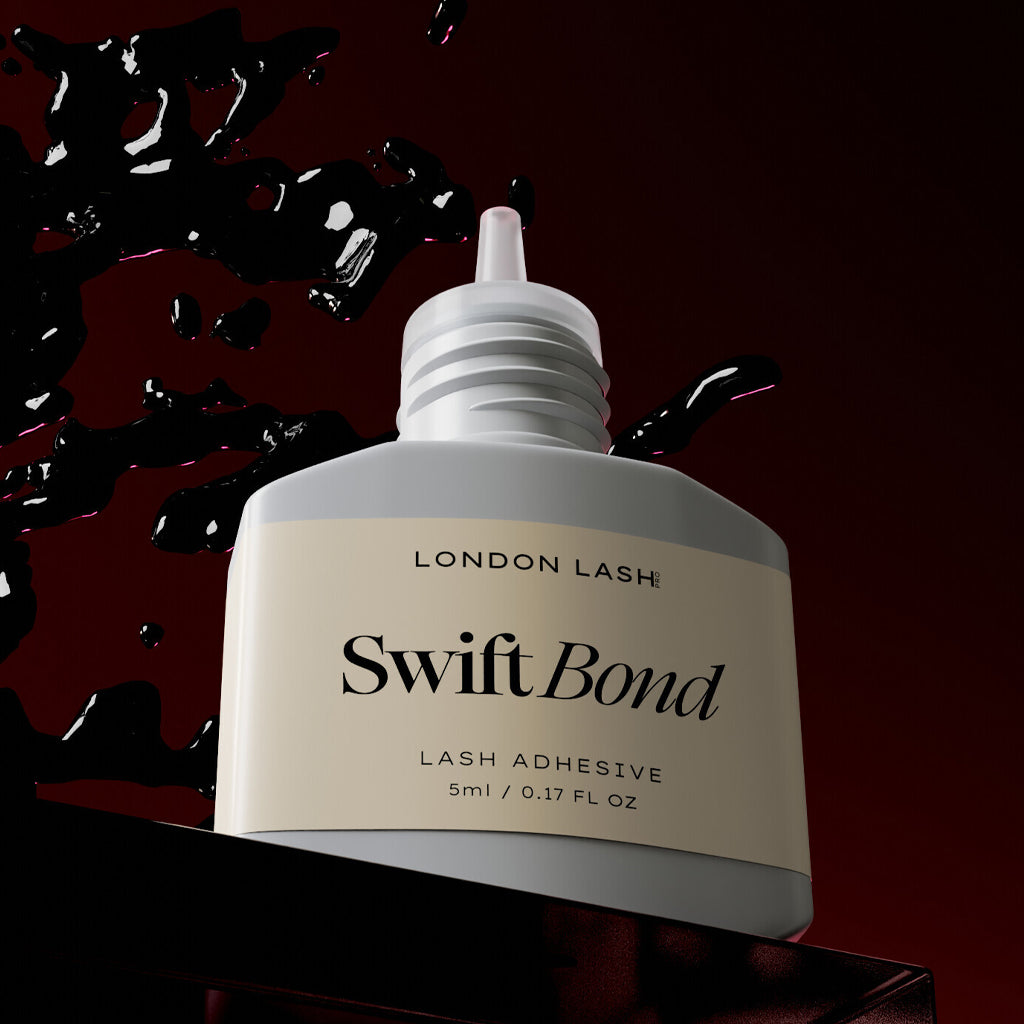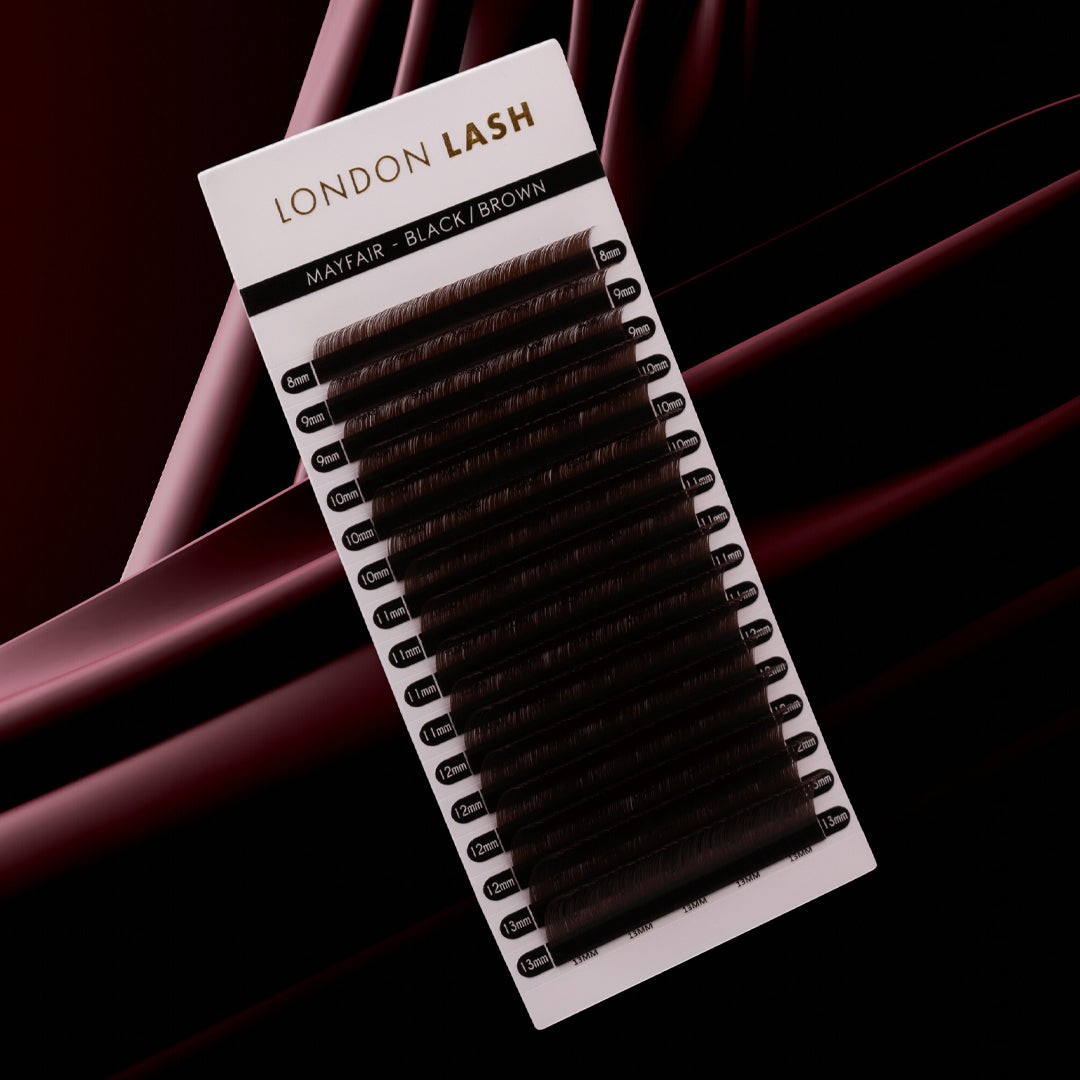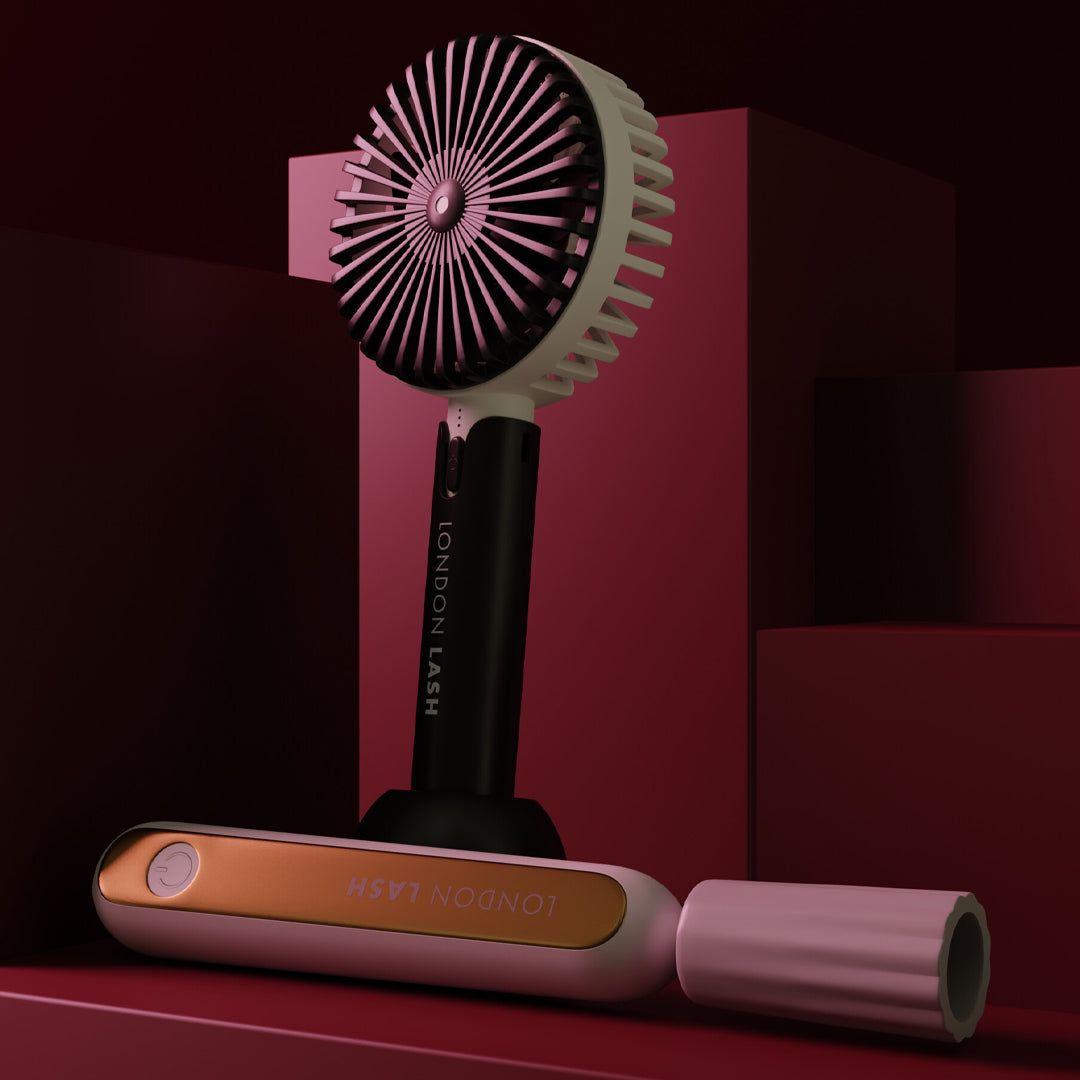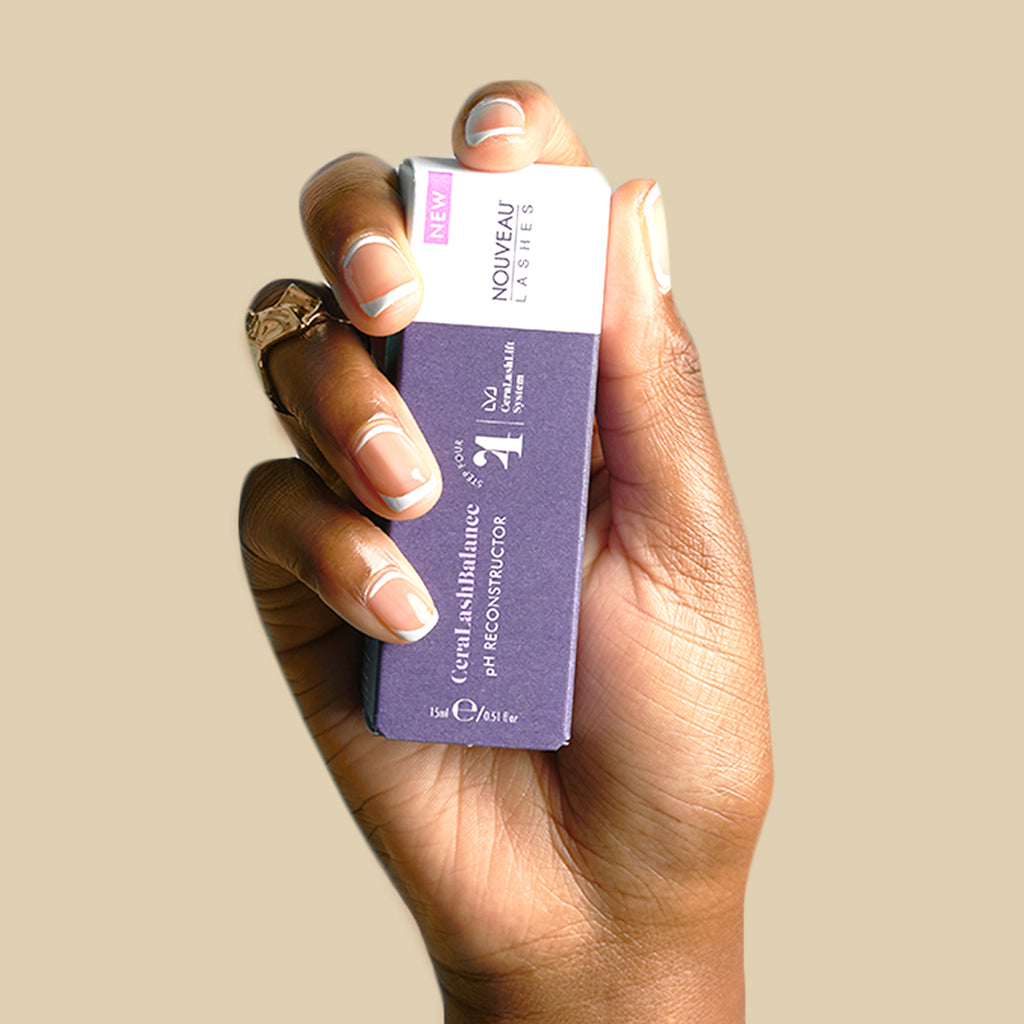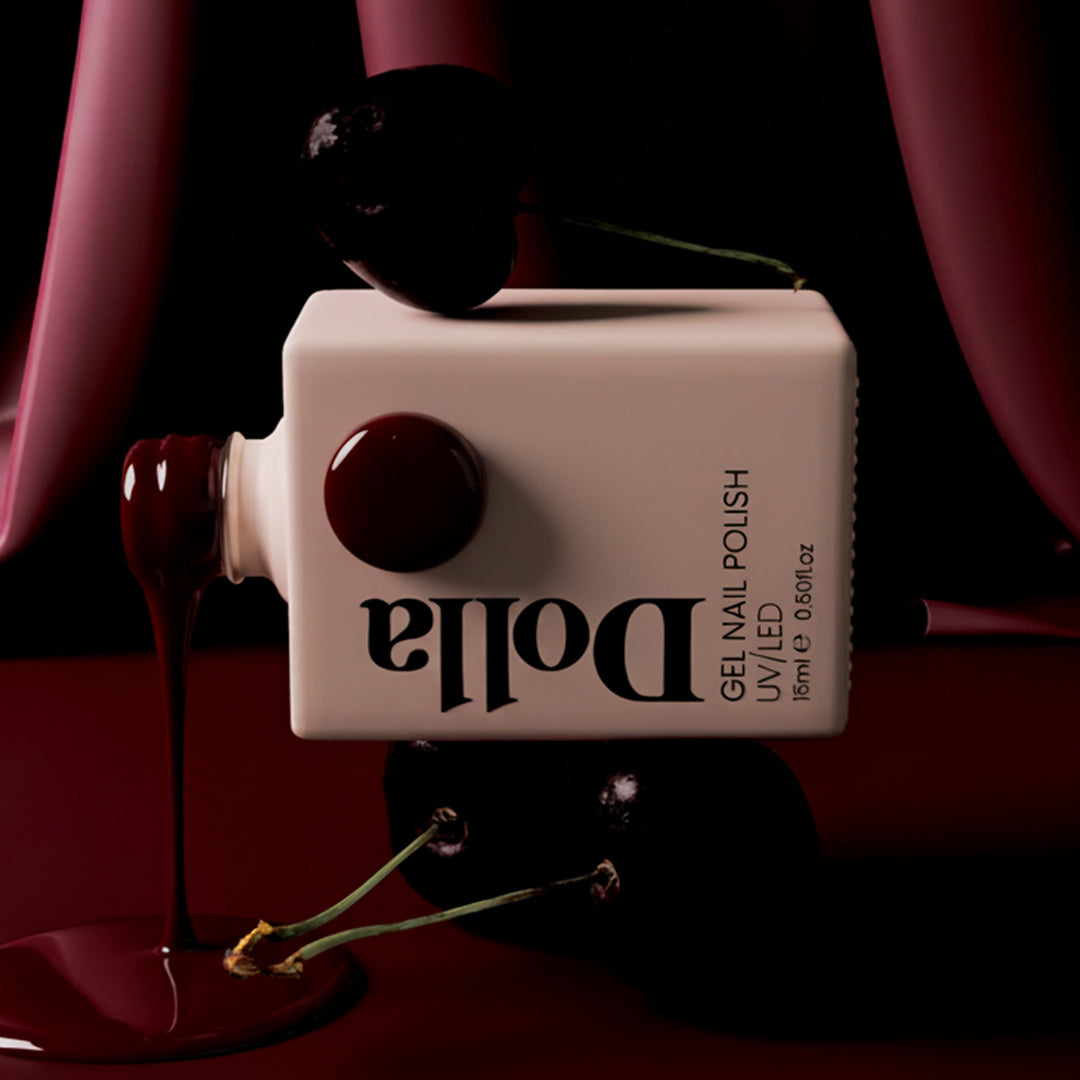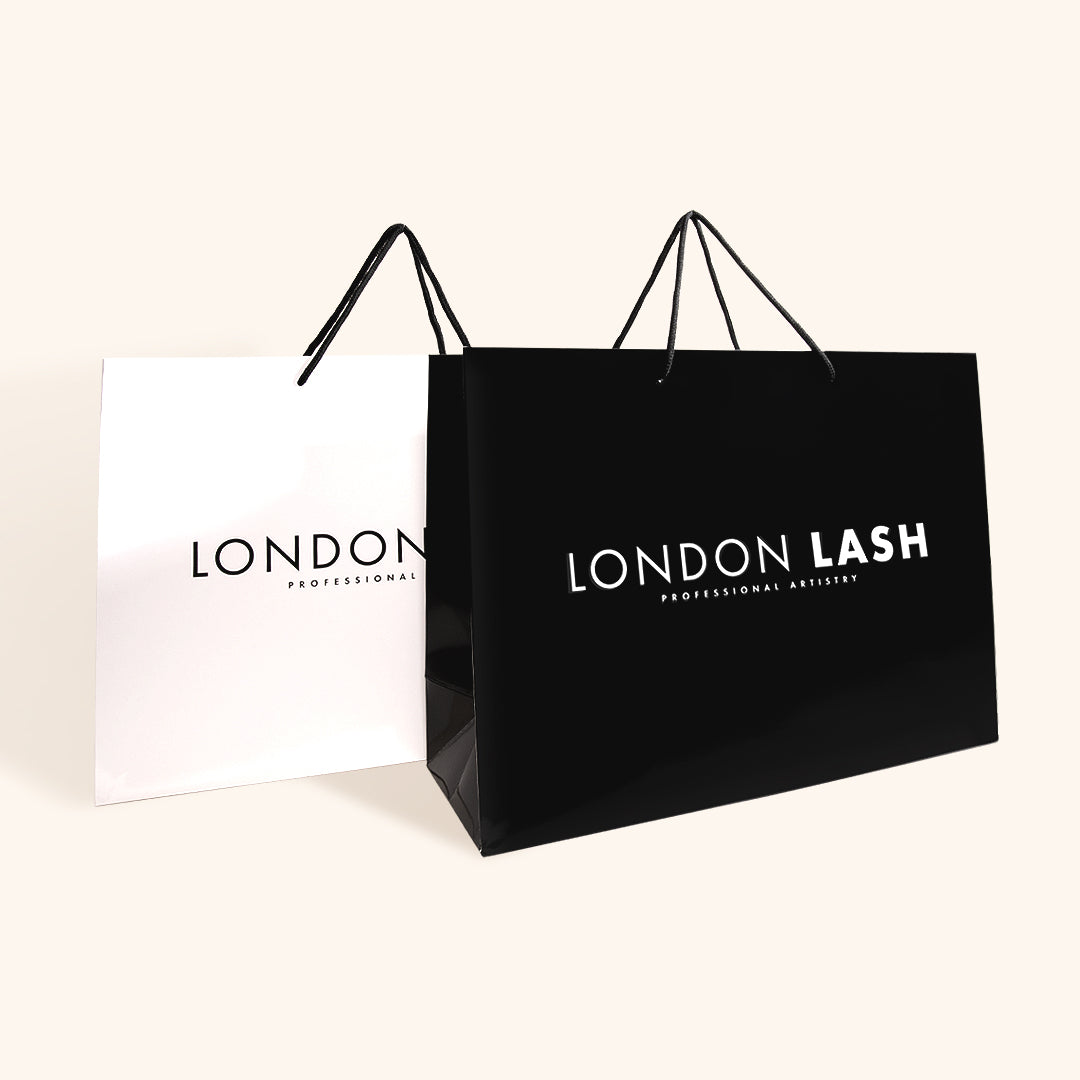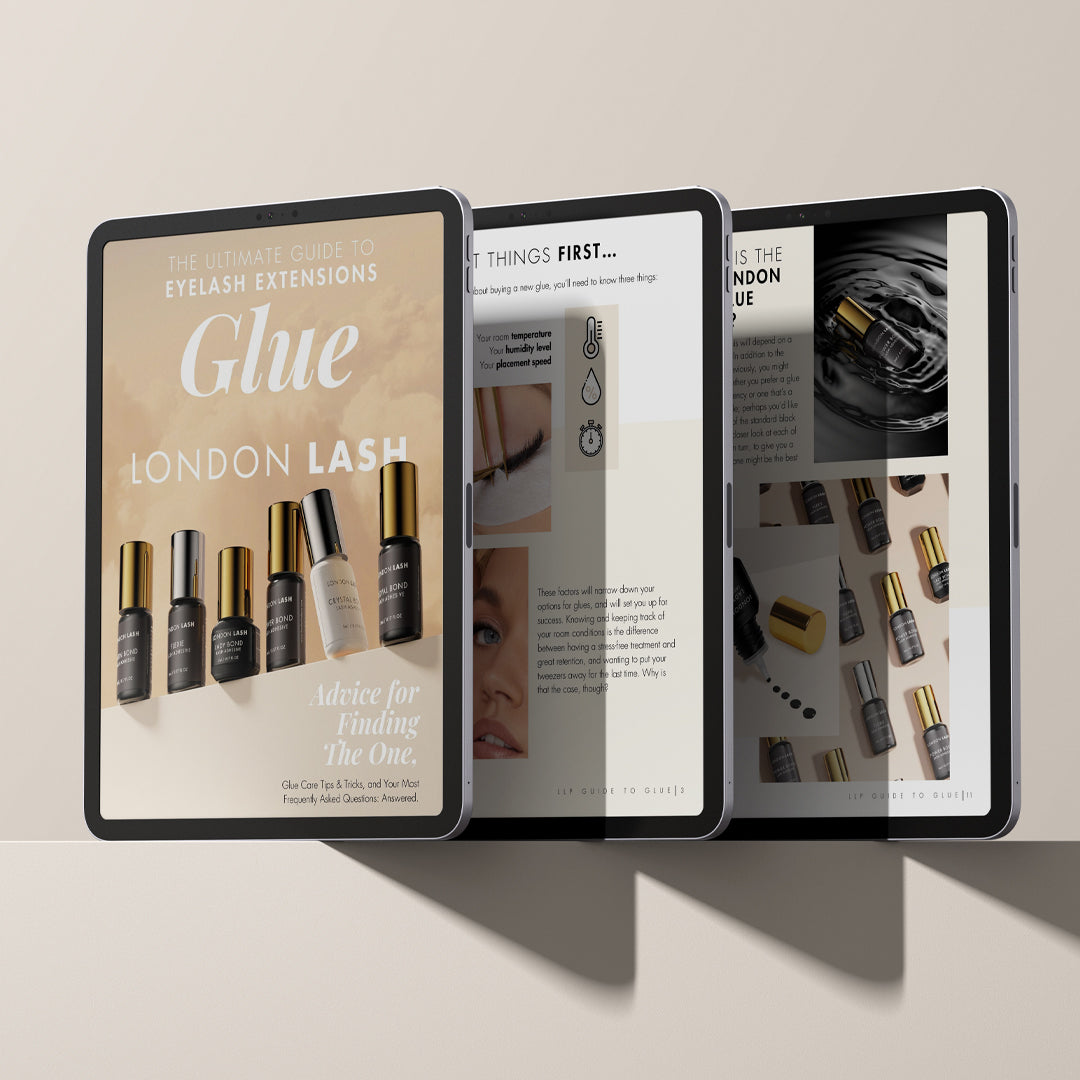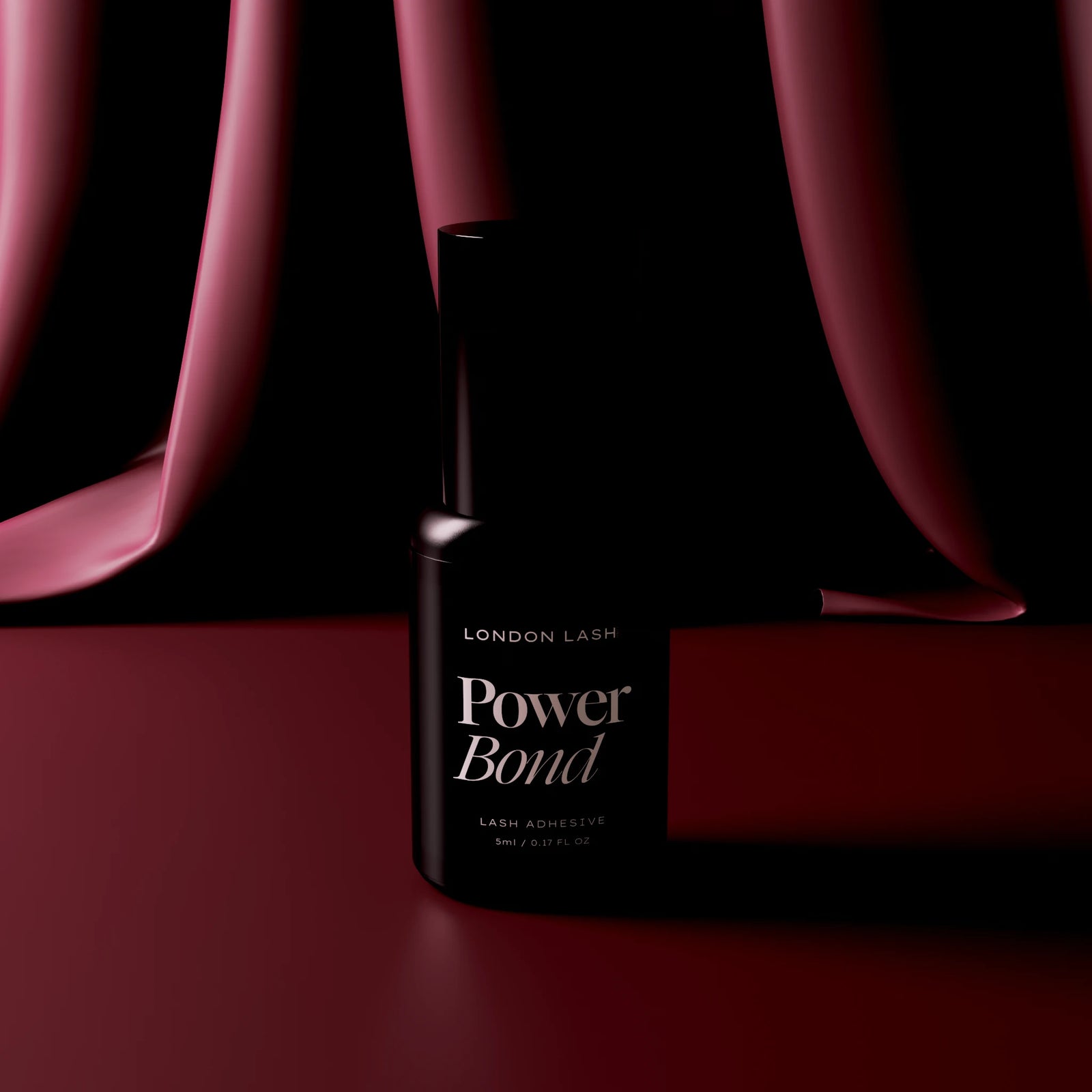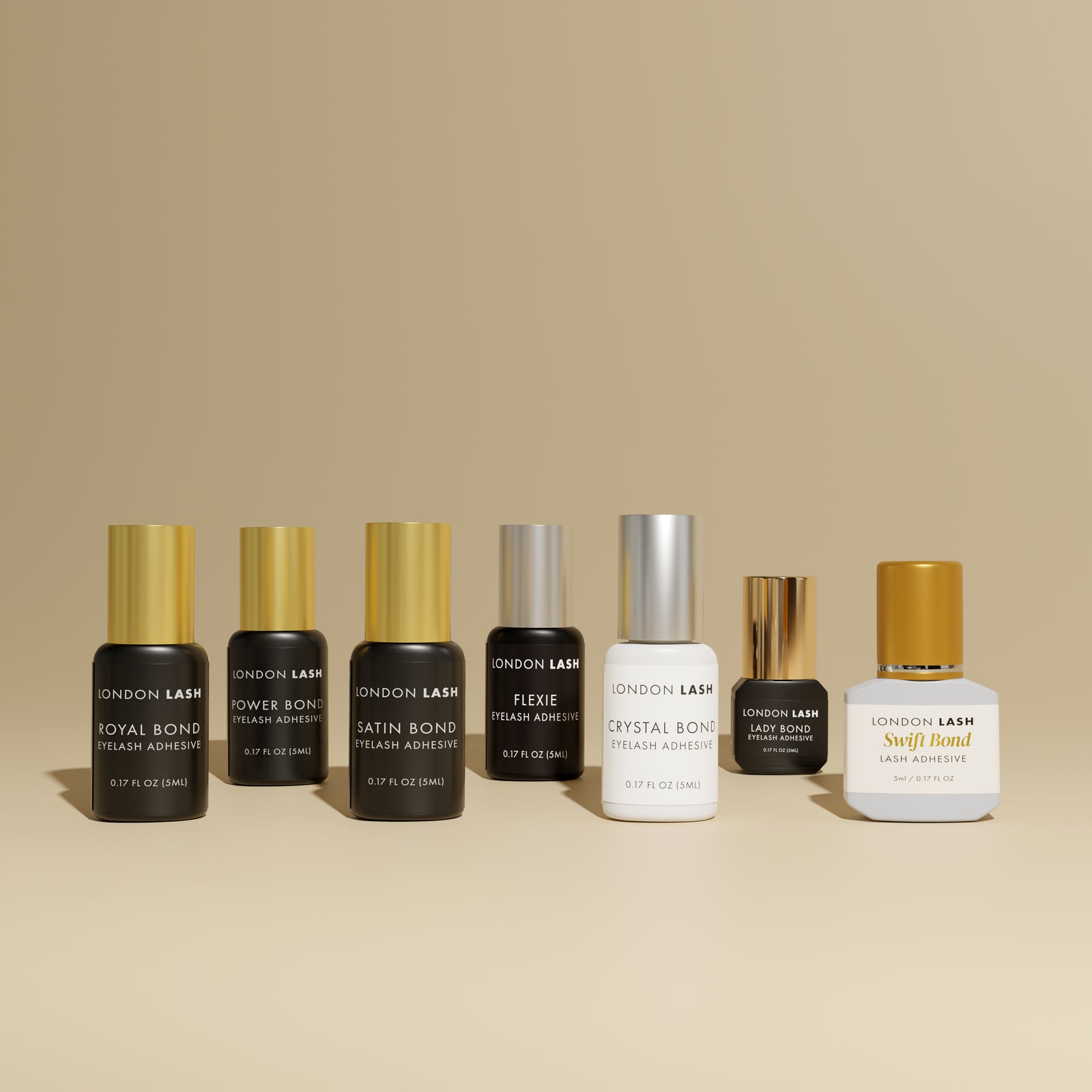New In
Glues & Liquids
Lashes
LASH LIFT
Dolla Nails Pro
Online Training
Save up to 57% off
Using the Strongest Glue - Life Saver or Disaster?
March 03, 2021 4 min read

Is the Strongest Lash Adhesive the Way to Go?
Whether you are new to the lash business or are an experienced lash artist you must have heard or asked this one particular question: “What’s the best lash glue?” I know I have. I have asked and have been asked. In my early days, unaware of the myriad factors influencing lash retention, I was always on the lookout for the next big thing in lash adhesives. But, as with many things in life, what you need is often already at your fingertips – and this includes your lash glue.
Confused? Let’s dive into the pursuit for Mr. Right - the one that will keep you and your clients happy and satisfied.

I’ll be honest - the truth is that there's no singular ‘best’ lash glue. All lash glues are strong and capable of lasting 5+ weeks on the lashes. Even more confused? Good. This means you are taking all words into consideration! Which is exactly what you should be doing when seeking the perfect lash adhesive to work with. You should consider everything that affects the retention of the eyelash extensions.

Environmental Factors: Temperature and Humidity
Of course you should put attention to all of them but let’s first discuss the Temperature and humidity of your work environment.
All lash adhesives contain the same ingredients: cyanoacrylate, stabilisers and black pigment (if the glue is black). Cyanoacrylate is the one that is responsible for creating a quick bond, while stabilisers are there to reinforce this bond making it strong and long lasting. The more cyanoacrylate present in the glue, the less stabilisers it contains; this means that adhesives that contain more cyanoacrylate dry more quickly. It is that simple and it goes for all lash adhesives, no matter the brand. So what exactly is it that’s making them different to one another?
It’s how they react to the environment! First things first, cyanoacrylate needs moisture (humidity) from the air and the client's lashes to cure. If the humidity in your room is high, your glue will dry quickly, but if the humidity level is low, the adhesive will dry slowly. Notice when we talk about humidity level, we are referring specifically to the humidity of your workspace, not the one your smartphone is showing you for the weather outside - therefore, a hygrometer is essential for accurate temperature and humidity readings.

Ready to sprinkle some water drops onto client’s lashes in order to make your adhesive work faster? Not so fast! If you happen to add too much moisture, the adhesive will shock polymerize, making the bond with lashes fragile and easy to break. How do you know you’ve got shock polymerization? The glue will turn white on the lashes – a sign you might have seen if a client's eyes watered excessively. As well as reducing the humidity in your environment, you can use Superbonder Sealant to ensure that it'll never happen!
Now imagine someone buying a quick drying glue, such as Power Bond, and using it in a beauty room that has 60% or even higher humidity level. This would result in your already quick drying adhesive curing even quicker - approximately a full second quicker! For an experienced lash artist, this might be manageable, but for a novice, it could lead to poor retention and client complaints. This is because their work speed is simply not in tune with the speed of the glue and with the humidity level.

What about the room temperature - how does this affect lash retention? Will a higher temperature mean a faster drying time? The fact is that cyanoacrylate does not love high temperatures - at 80 degrees (176 °F) Celsius, it loses half of its strength. Have you ever had a client come back with barely any lashes and after a little investigation you find that they regularly use the sauna, take part in spin classes, or play squash on the weekends? There’s your answer - the glue is reacting to its environment, even after curing!
Most adhesives perform best within 45 - 55 % humidity, and 20 – 22 degrees Celsius (68-72°F). As with all things in life, there are always exceptions to the rule! Luckily some adhesives have a wider working range which is very convenient if you have problems with controlling your work space, for example if you are working within a hair-dresser’s. Our Flexie adhesive is a perfect solution! As the name suggests this adhesive is very flexible when it comes to working conditions. It works in humidity levels that range from 40% to 70% and between 64.4 - 71.6°F, forming an elastic bond which I found out was a real lash saver with clients who go to hot yoga a few times a week! If you prefer to work more slowly, Lady Bond will be your best friend, and if you’re very fast (like, SUPER fast) Royal Bond will be a game changer!

What if your conditions are perfect for the glue, but you’re STILL seeing retention issues? Well, it could be drying too fast. Have you ever brushed through a set of lashes and seen your extensions simply pinging off? This is because the glue is beginning to cure before it can form a strong bond between the lash extension and the natural lash. If you experience issues with a glue, opt for one with a slower drying time - this will give you time to place and correct the extension without sacrificing retention time.
Hopefully now you can understand why there really isn’t only one best lash glue out there, and why we might ask you more questions when you ask us which is the best glue. When choosing your glue, you should consider your working environment conditions and also how experienced a lash technician you are, rather than looking for the strongest, fastest glue. We also have a handy lash glue chart to help you pick the right glue for you!
Sending you lots of love and lashes,
Nives Špehar x
LLP Trainer in Slovenia
Check out these featured products
Subscribe
Sign up to get the latest on sales, new releases and more …
